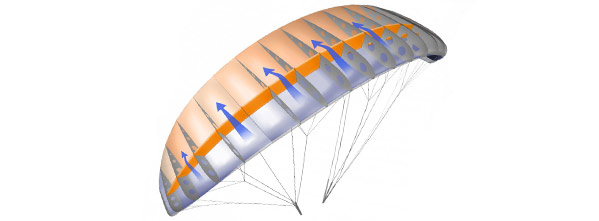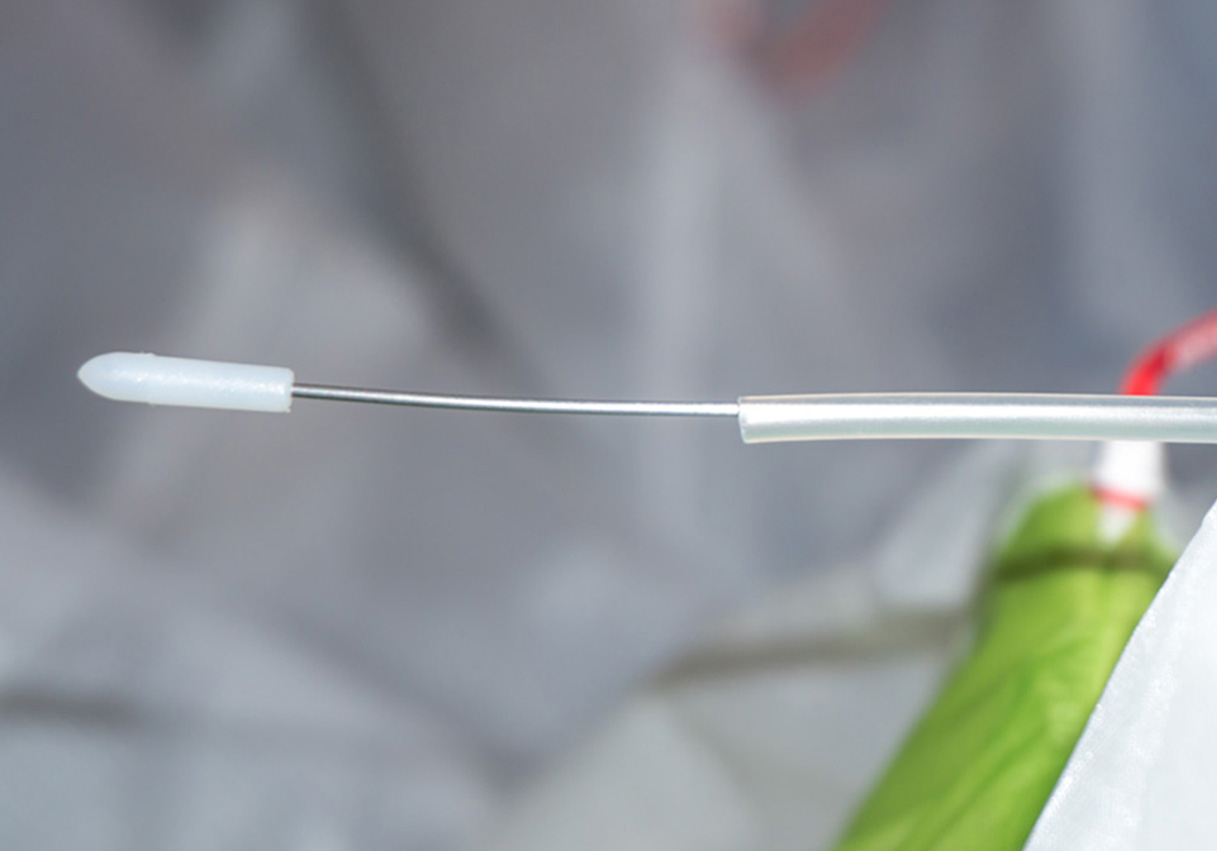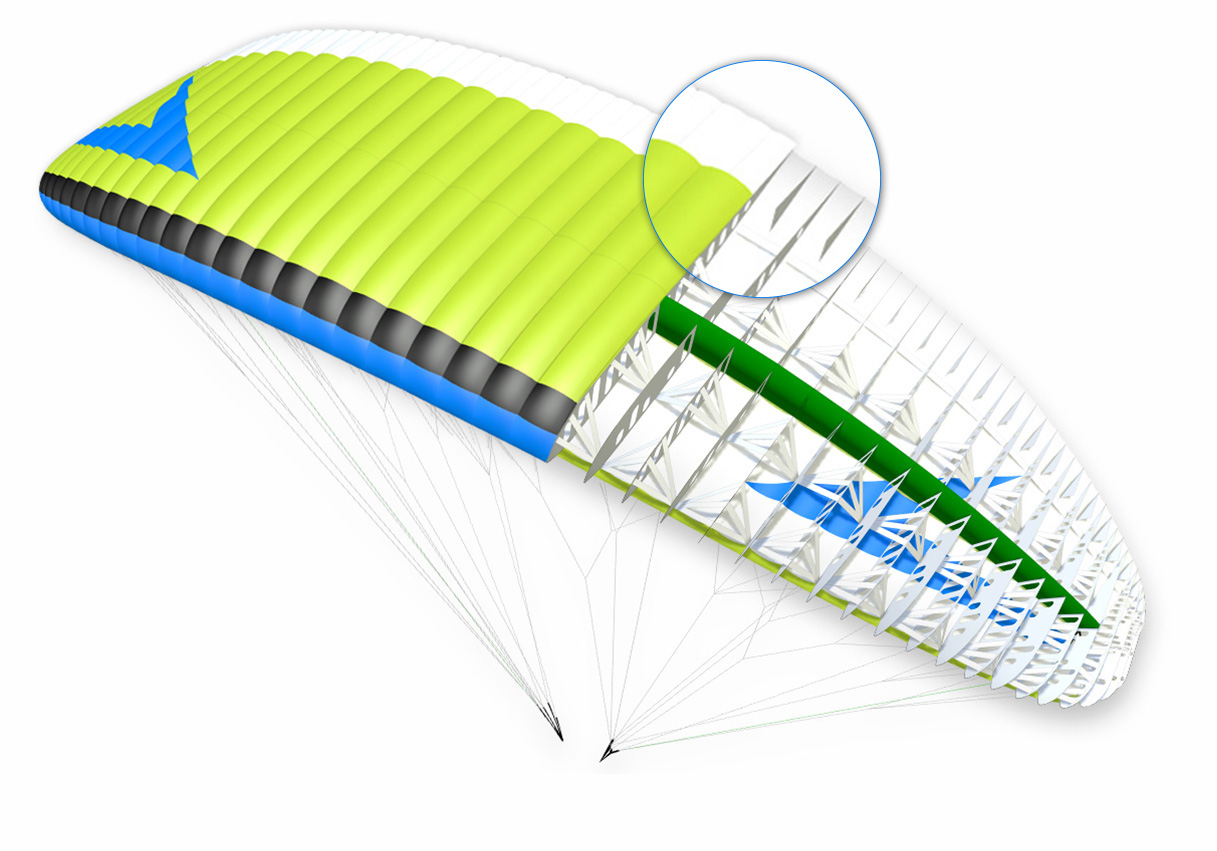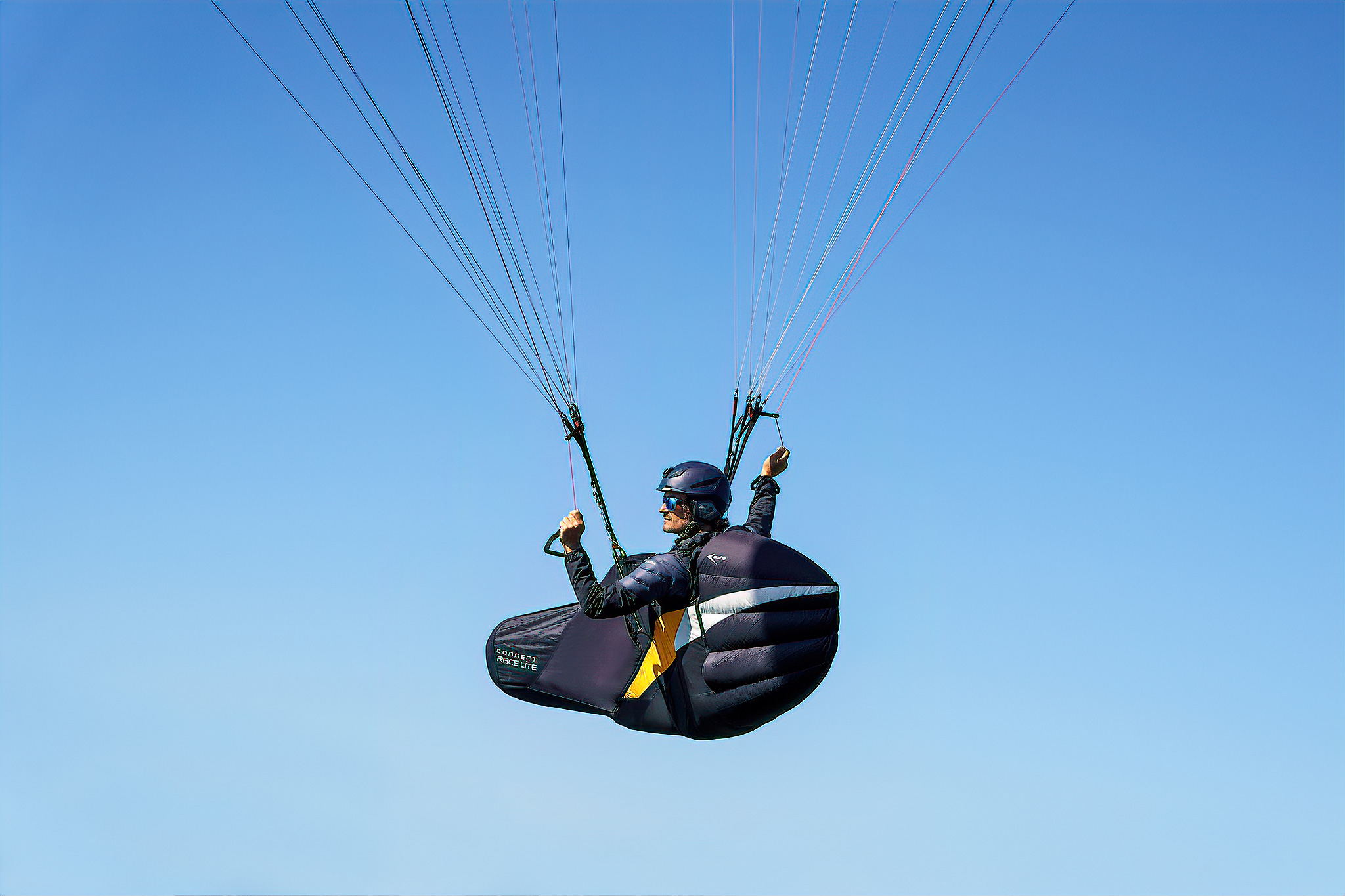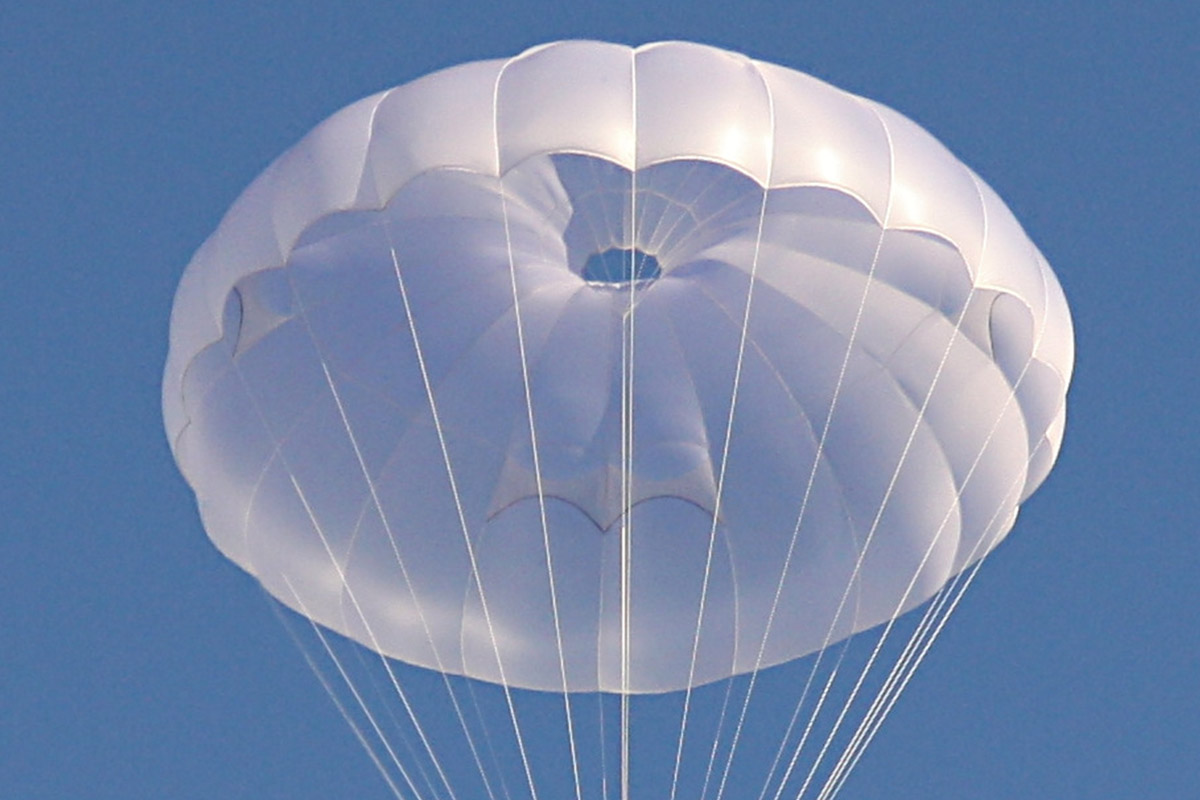NYOS RS
…feel the difference!
The NYOS RS is the first in a new class: the comfort-performance class!
The NYOS RS takes the successful concept of its predecessor, with which Didi Siglbauer won the DHV-XC twice in a row, into the next round.
The main difference between the NYOS RS and its predecessor is the clearly noticeable increase in stability and control thanks to RAST. Thanks to the patented technology, we have succeeded in making the full performance potential of the High-B segment accessible to a wider range of pilots. For you, this means effective and at the same time relaxed XC flying on “hammer days” at the highest performance level.
Who is the NYOS RS for?
Even though in our opinion and experience the Nyos RS is very easy and pleasant to fly for a performance intermediate, this wing should be flown by experienced intermediate pilots and cross-country hunters who fly at least 50 hours a year.
FEATURES
DETAIL-FOTOS
VIDEO
BEST OF XC FLÜGE MIT DEM NYOS RS
Pilot: Dietmar Siglbauer Starting position: Grente Distance: FAI triangle -220.8 km (21.2 km/h)
the flight on dhv-xc.de
Pilot: Gianni De Zaiacomo Starting position: Antholz Distance: FAI triangle – 226.7 km (24.7 km/h) the flight on xcontest.org
Pilot: Dietmar Siglbauer Starting position: Grente Distance: FAI triangle – 264.9 km
the flight on dhv-xc.de/
Pilot: Dietmar Siglbauer Start location: Unternberg Distance: FAI triangle – 235.4 km (21.2 km/h) the flight on dhv-xc.de
Pilot: Tim Huber Start location: Unternberg Distance: FAI triangle – 209.8 km (21 km/h) the flight on dhv-xc.de
FARBEN
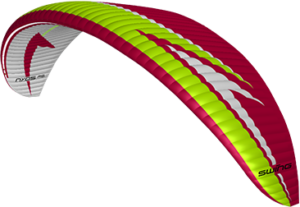
Berry
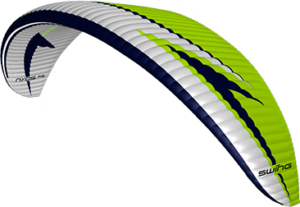
Lime
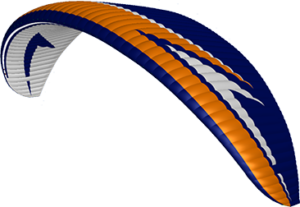
Nightshade
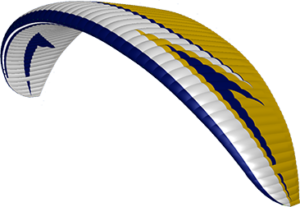
Sand
| NYOS RS | XS | S | M | L | XL |
|---|---|---|---|---|---|
| LTF Certification | B (PDF) | B (PDF) | B (PDF) | B (PDF) | B (PDF) |
| CEN Certification | B | B | B | B | B |
| Permissible weight range (kg) Min/Max incl. Equipment |
60-80 | 75-95 | 85-109 | 95-120 | 110-140 |
| Recommended weight range (kg) Min/Max incl. Equipment |
65-80 | 80-95 | 92-105 | 102-115 | 115-130 |
| cells | 61 | 61 | 61 | 61 | 61 |
| wing area (m²) | 22 | 24,7 | 27 | 29,4 | 31,7 |
| projected wing area (m²) | 19,2 | 21,2 | 23,2 | 25,2 | 27,2 |
| wing span (m) | 11,2 | 11,8 | 12,4 | 12,9 | 13,4 |
| projected wing span (m) | 8,9 | 9,5 | 9,9 | 10,3 | 10,7 |
| aspect ratio | 5,7 | 5,7 | 5,7 | 5,7 | 5,7 |
| projected aspect ratio | 4,2 | 4,2 | 4,2 | 4,2 | 4,2 |
| glider weight (kg) | 4,5 | 4,7 | 5,0 | 5,4 | 5,7 |
| Min. Sink rate (m/s)* | 1,0 | 1,0 | 1,0 | 1,0 | 1,0 |
| Max. Speed (km/h) * | 52±2 | 52±2 | 52±2 | 52±2 | 52±2 |
| Trim speed (km/h) * | 38±1 | 38±1 | 38±1 | 38±1 | 38±1 |
* The performance data depend on the wing loading, the atmospheric conditions and the harness used, as well as the pilot’s position
- Swing NYOS RS
- SWING standard packsack (90, 130 or 200 liters), or quick packsack of your choice
(Delivery without packsack possible on request, please specify when ordering). - Protection Bag
- compression strap
- manual






